Introduction:
In earlier subjects, students have been developing disciplined technical skills and in this course they will explore more experimental processes that manipulate various qualities of drawings, which can in turn help to generate new ideas and create meaningful/ interesting drawings.
Course Structure and Content:
Students will be guided through a series of challenging projects that require them to take drawing tools they have developed in first year (such as linear and tonal methods of depicting form, the principles of linear and tonal design, and the principles of representing light falling on form), and treat them at the higher conceptual level of patterns of visual effect that can be modified, remixed and distorted to create interesting and evocative effects. Master drawings from historical and contemporary artists that do this well will be studied, in order for students to understand and implement this higher level aim. Students will do activities that develop creative thinking, including activities about recording and exploring compositional ideas such as in Visual Diaries and thumbnail sketches. The students will be encouraged to push their experimentation with manipulating drawing effects to their limit while being supervised by the teacher who will help them to make the most of their explorations, critically evaluating drawings to discriminate between the fruitful lines of enquiry and the unsuccessful.
Learning Objectives:
After the completion of the course, students will be able to: * Demonstrate the technical ability to use tools that are useful in creative drawing; *Relate media to the visual expression of emotions; *Demonstrate a command of drawing process and unique approaches to define a two-dimensional surface with texture and patterns in a unified composition that is harmonious with space; *Demonstrate ability to use systematic, personal and creative approaches in developing two-dimensional art forms.


